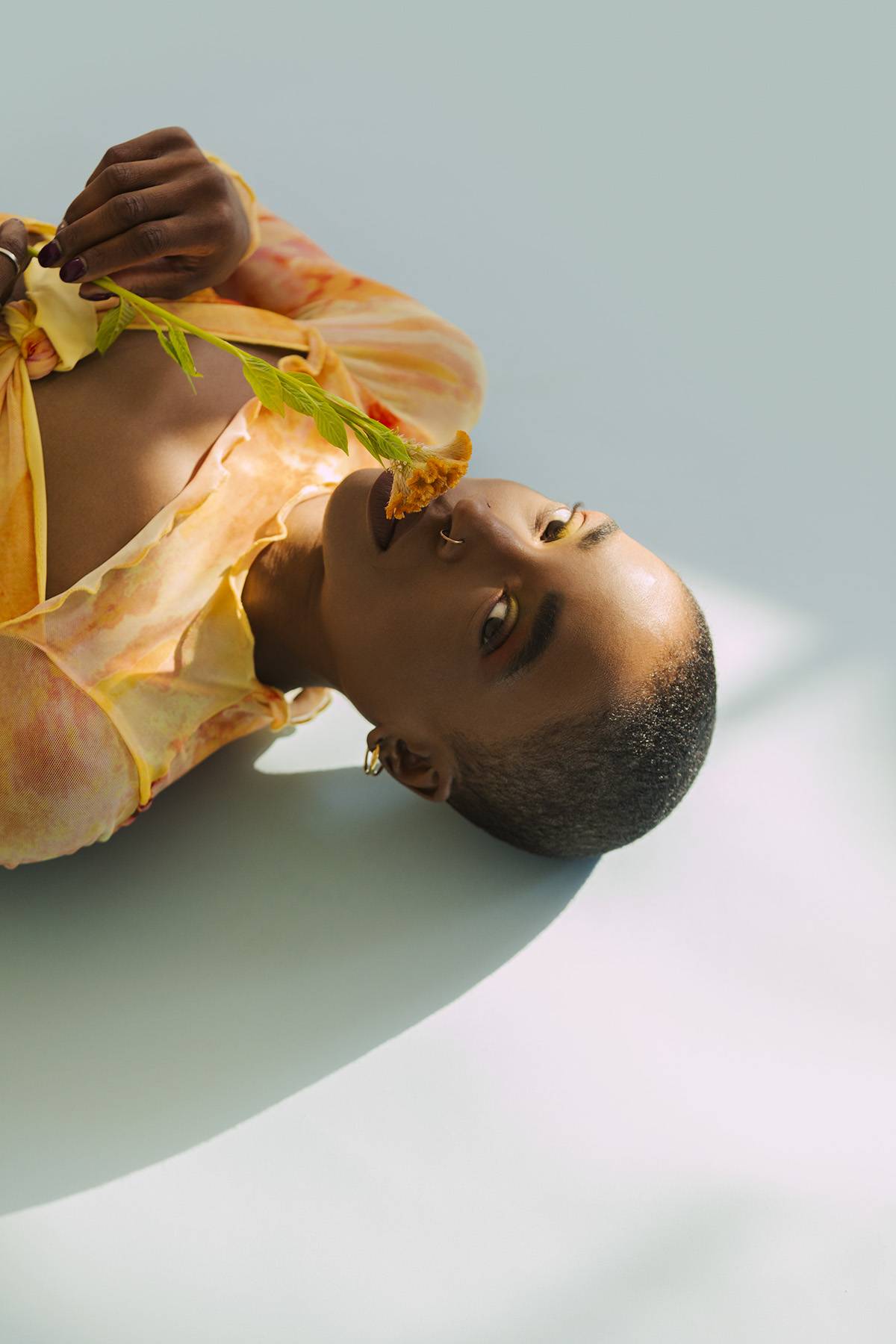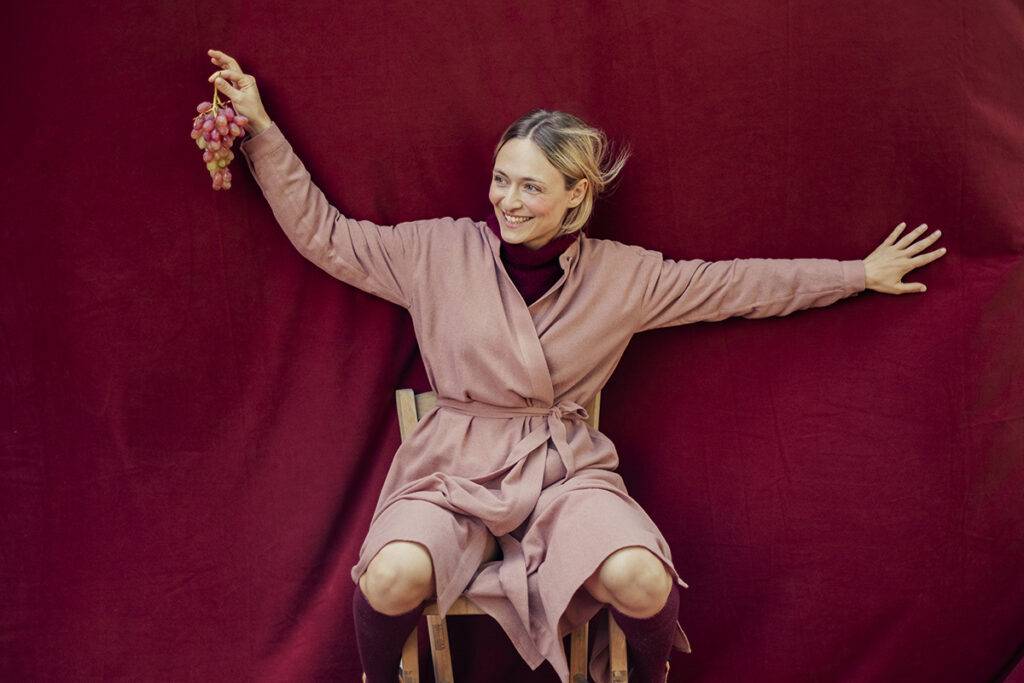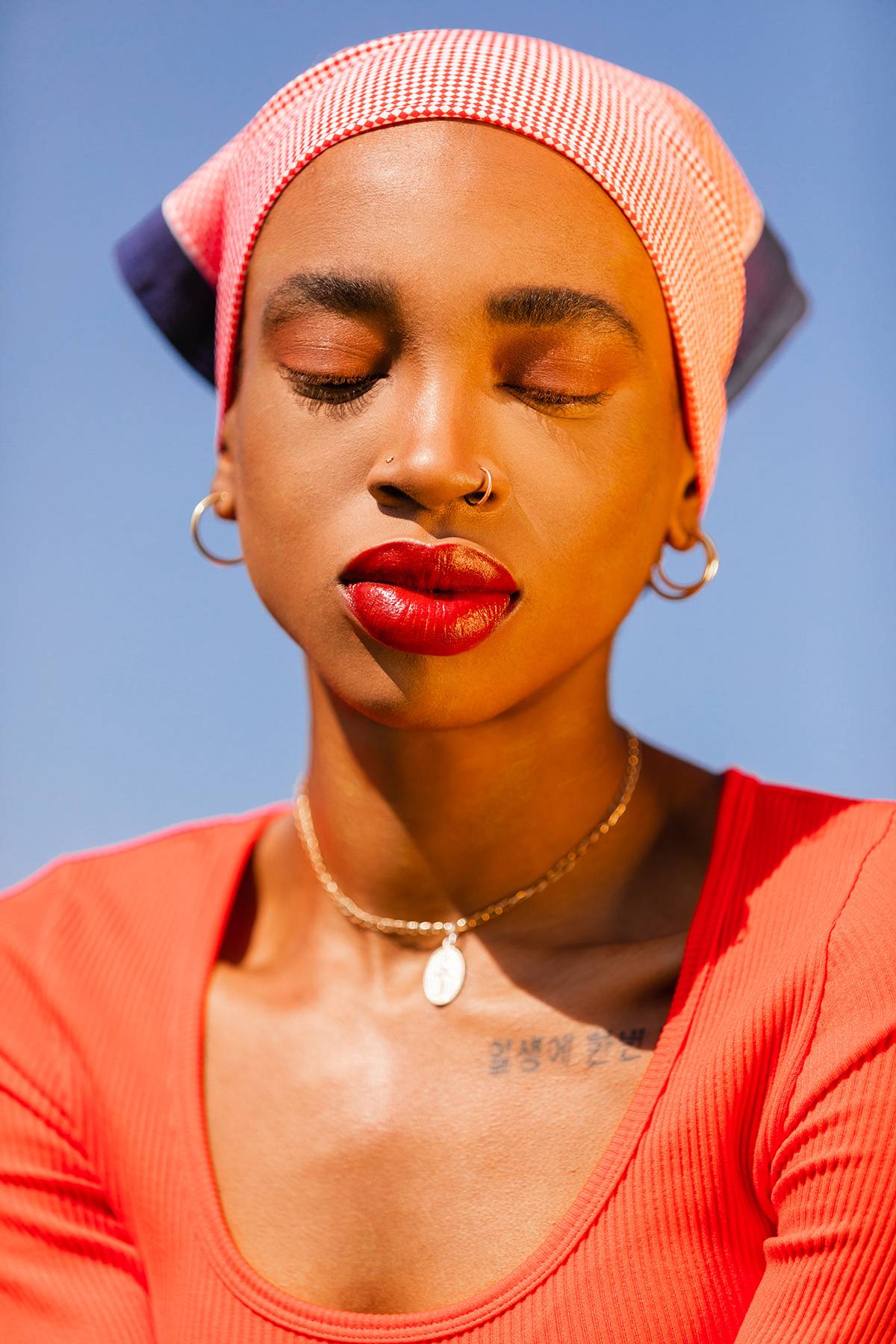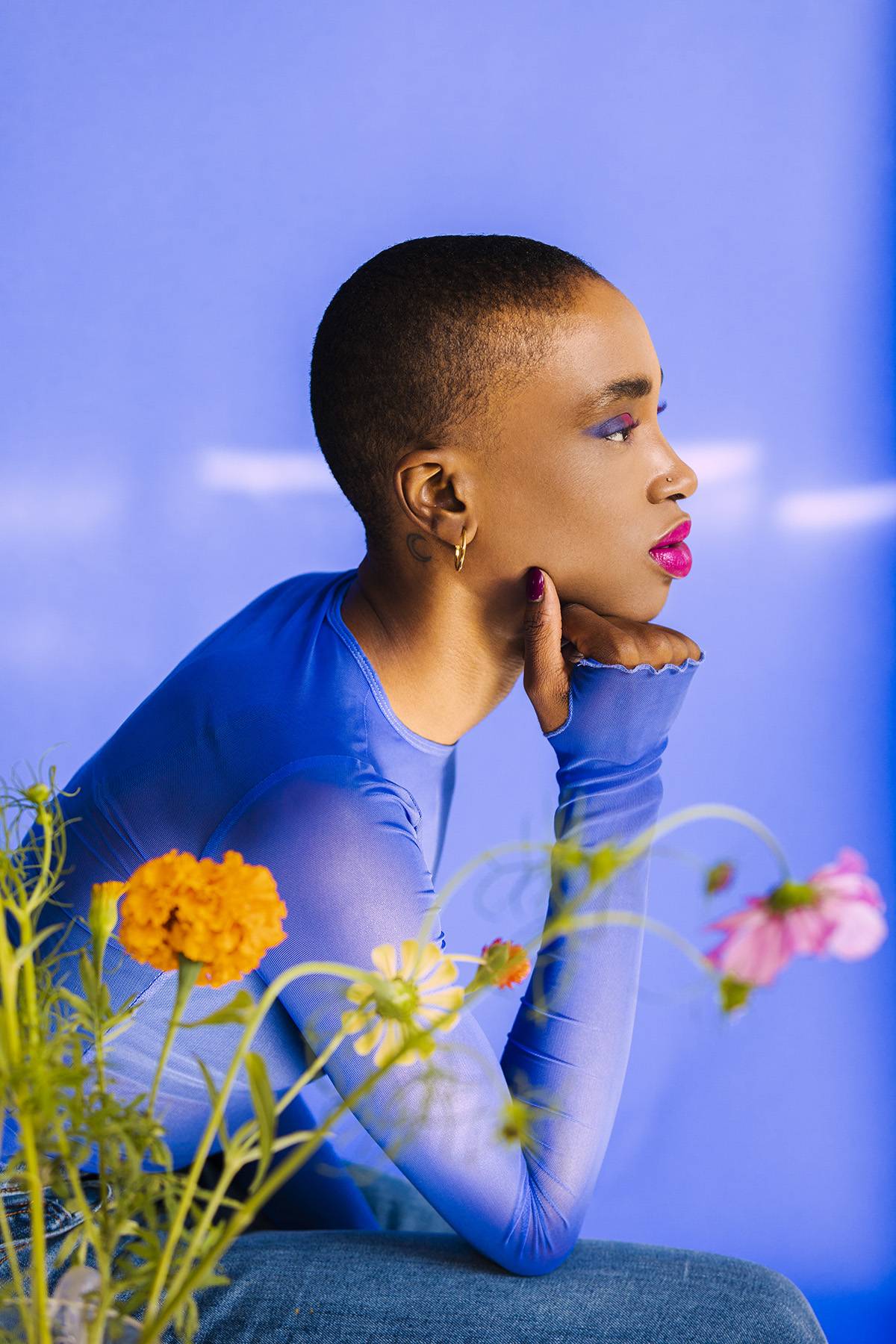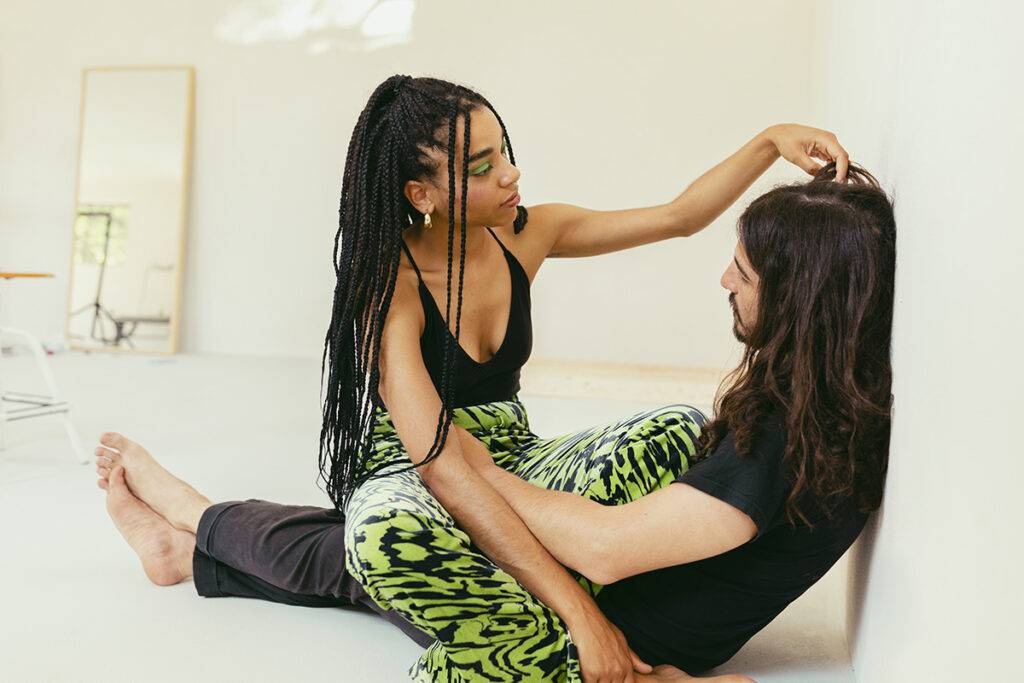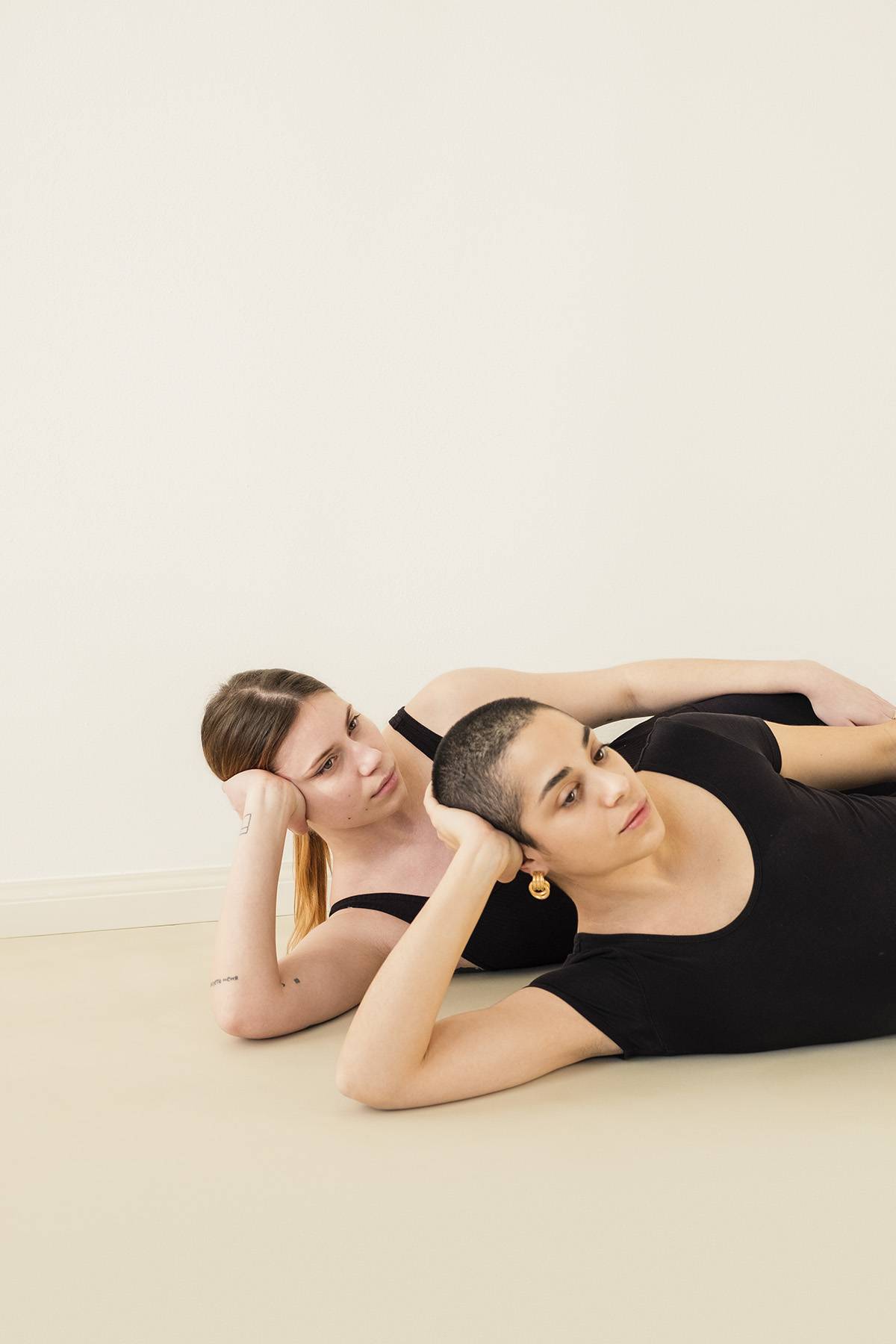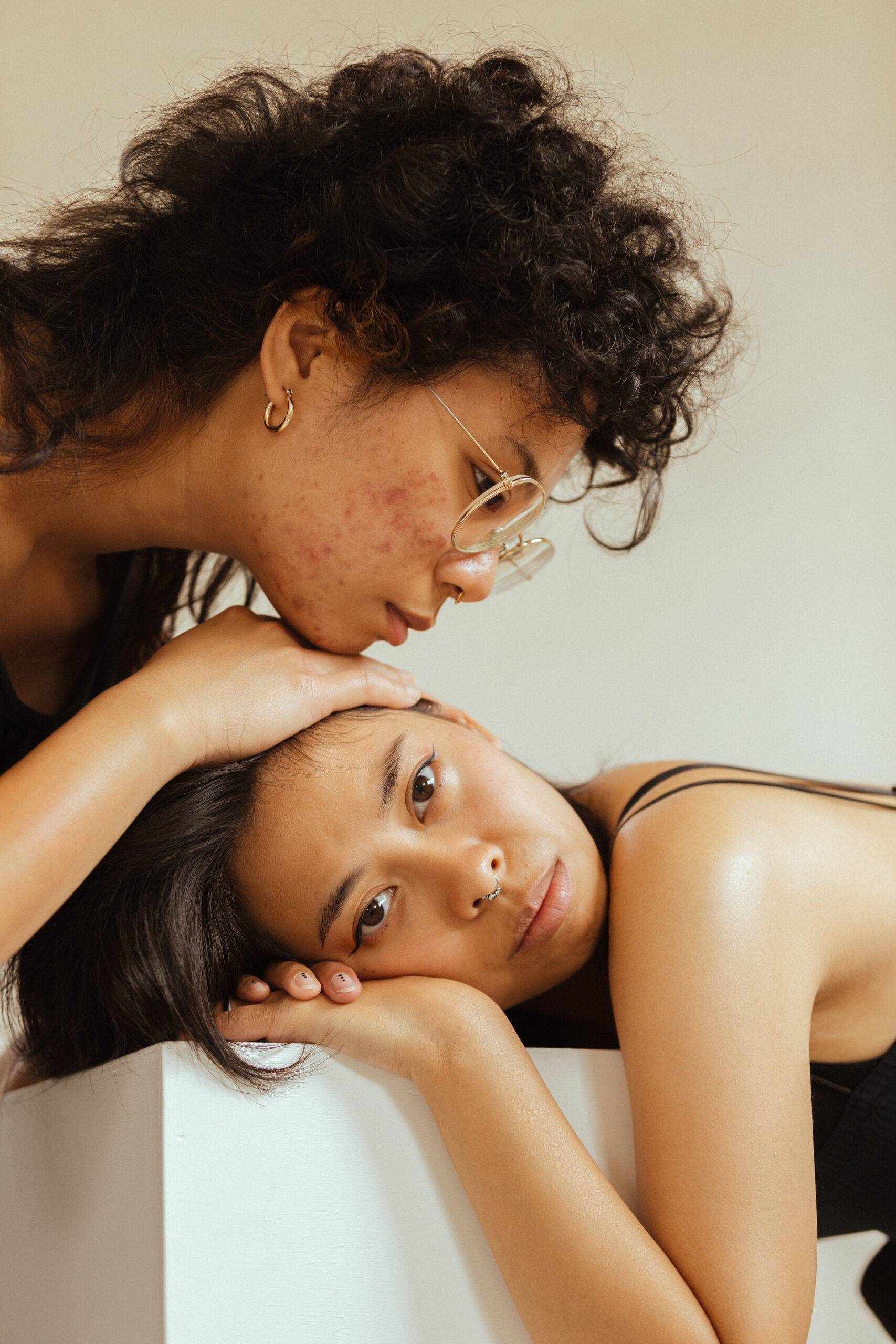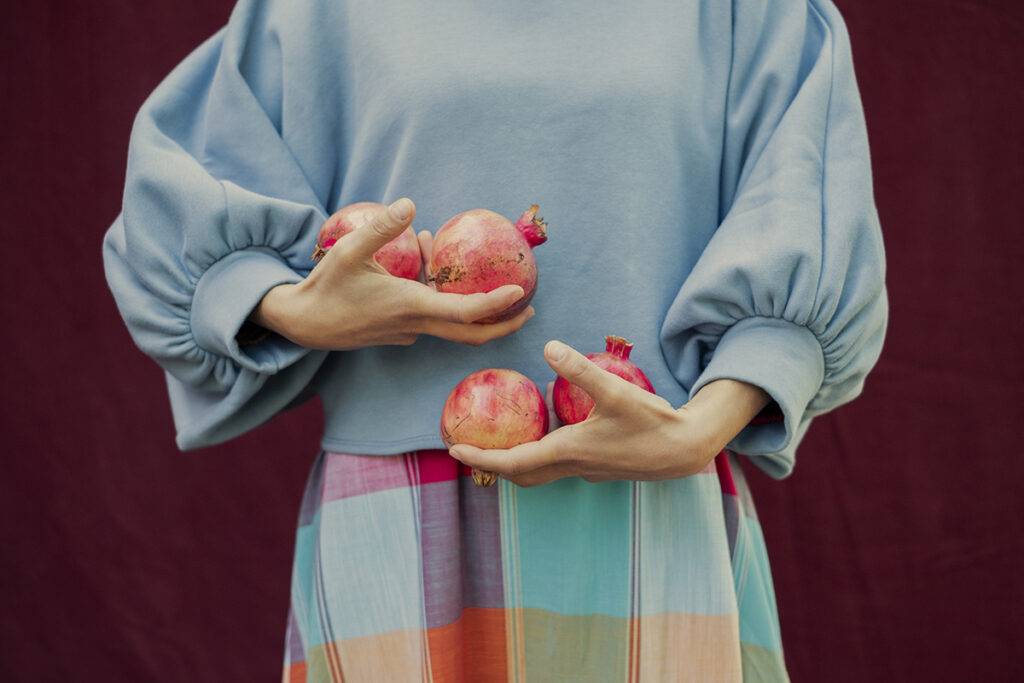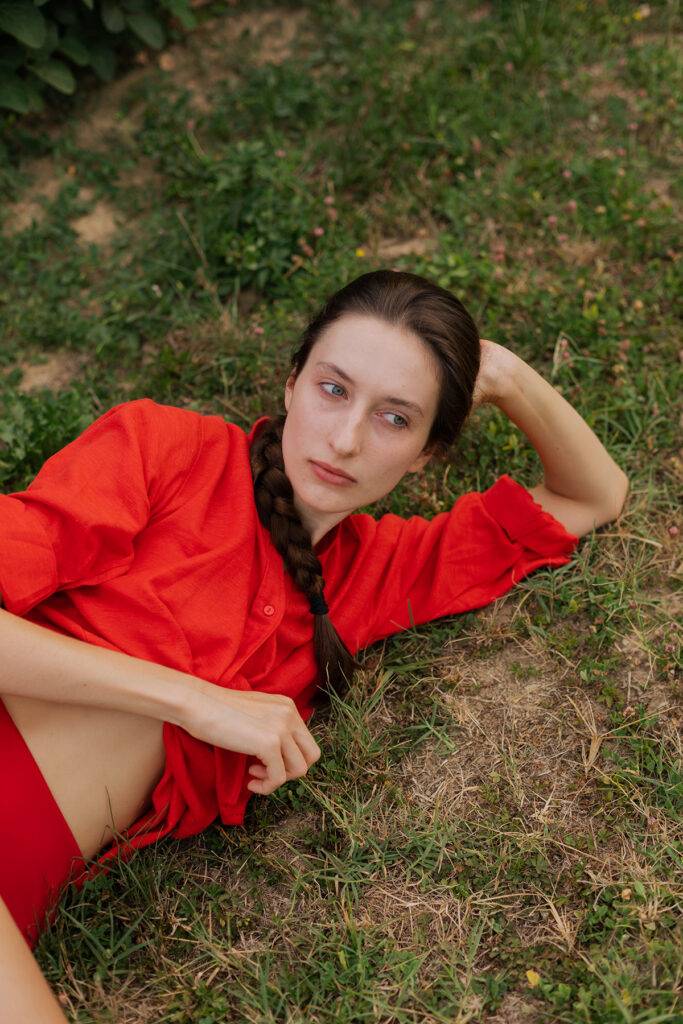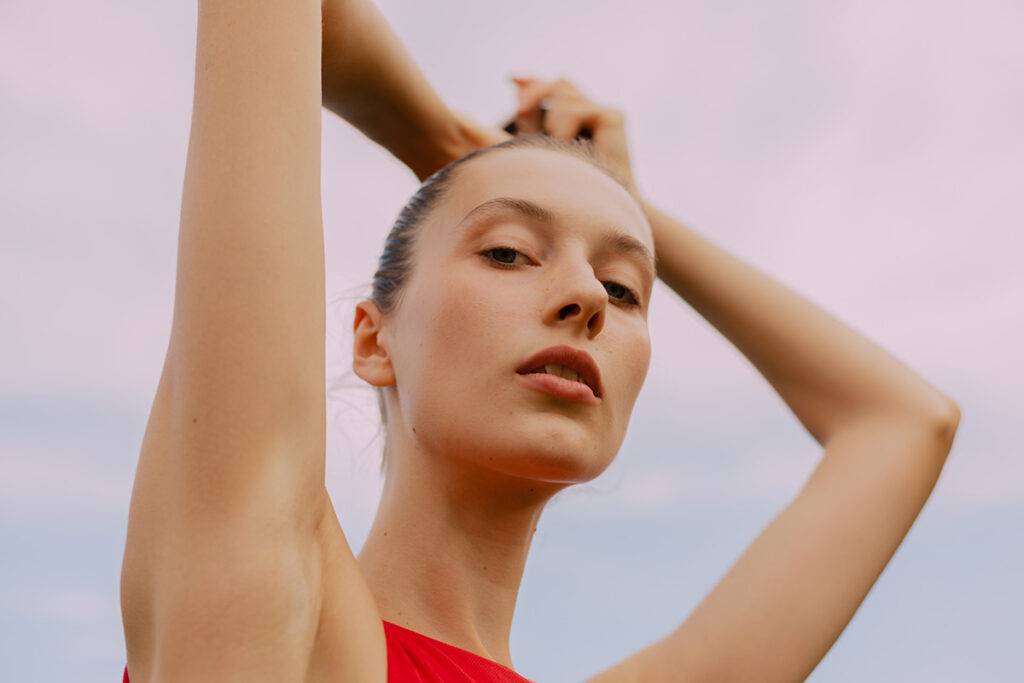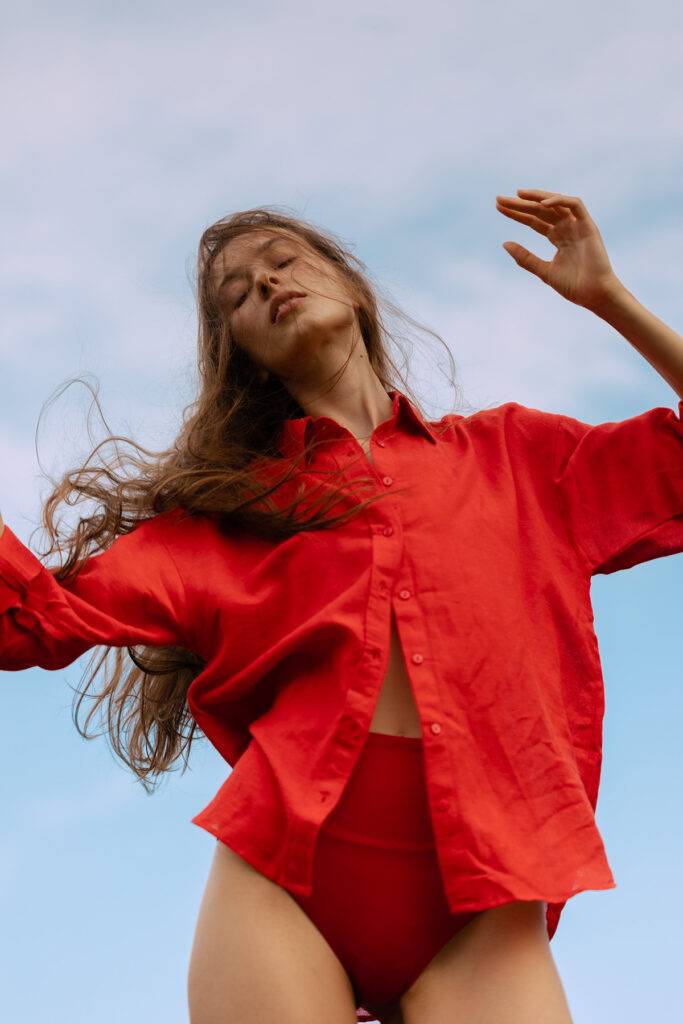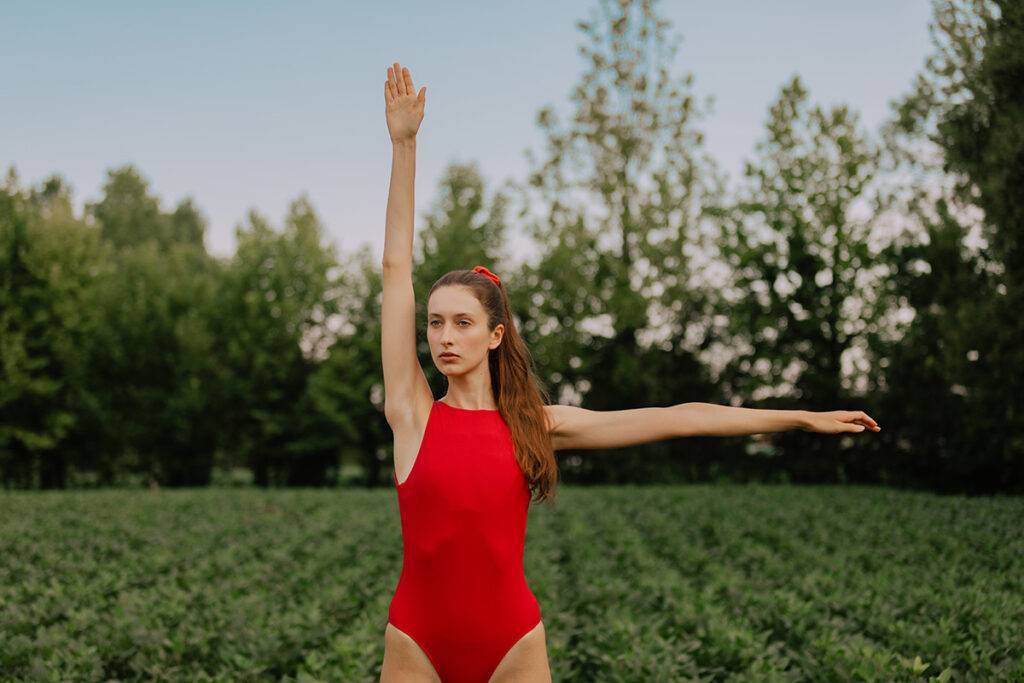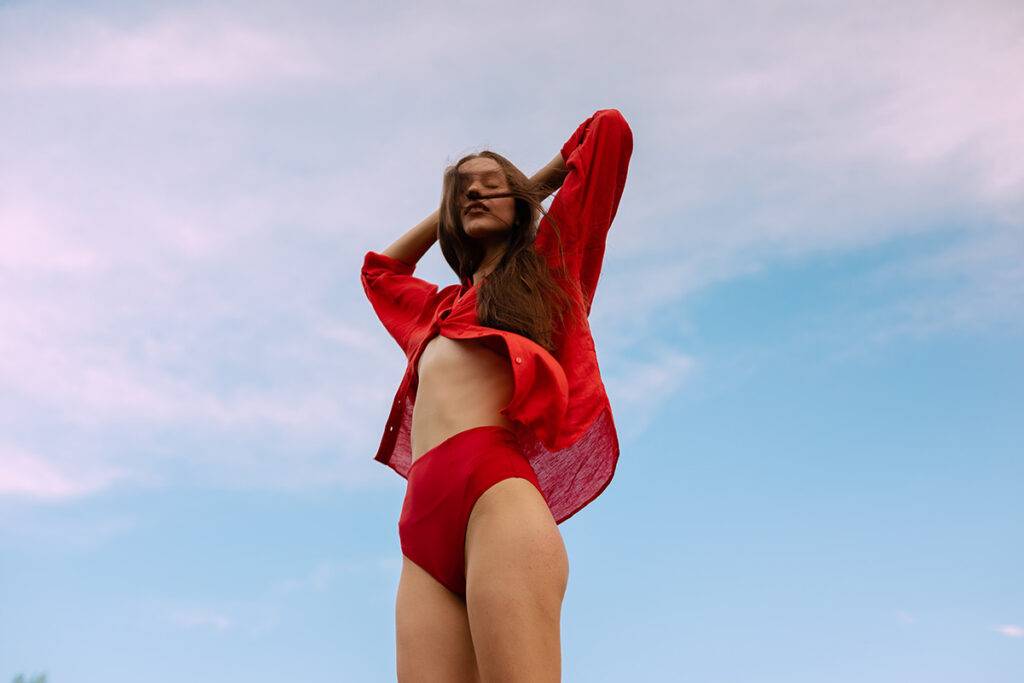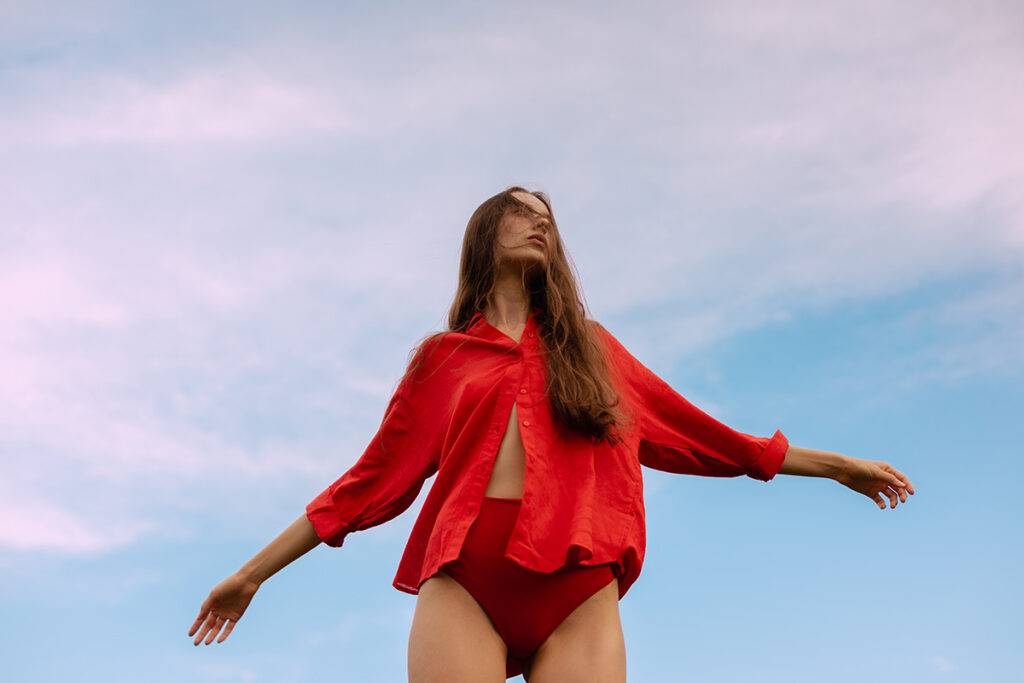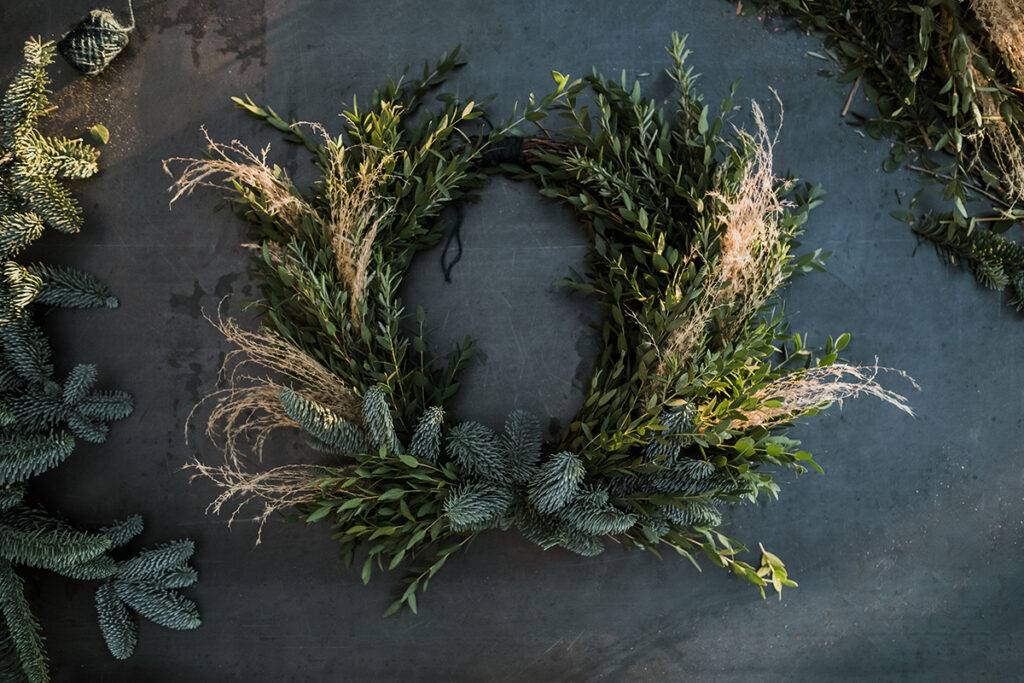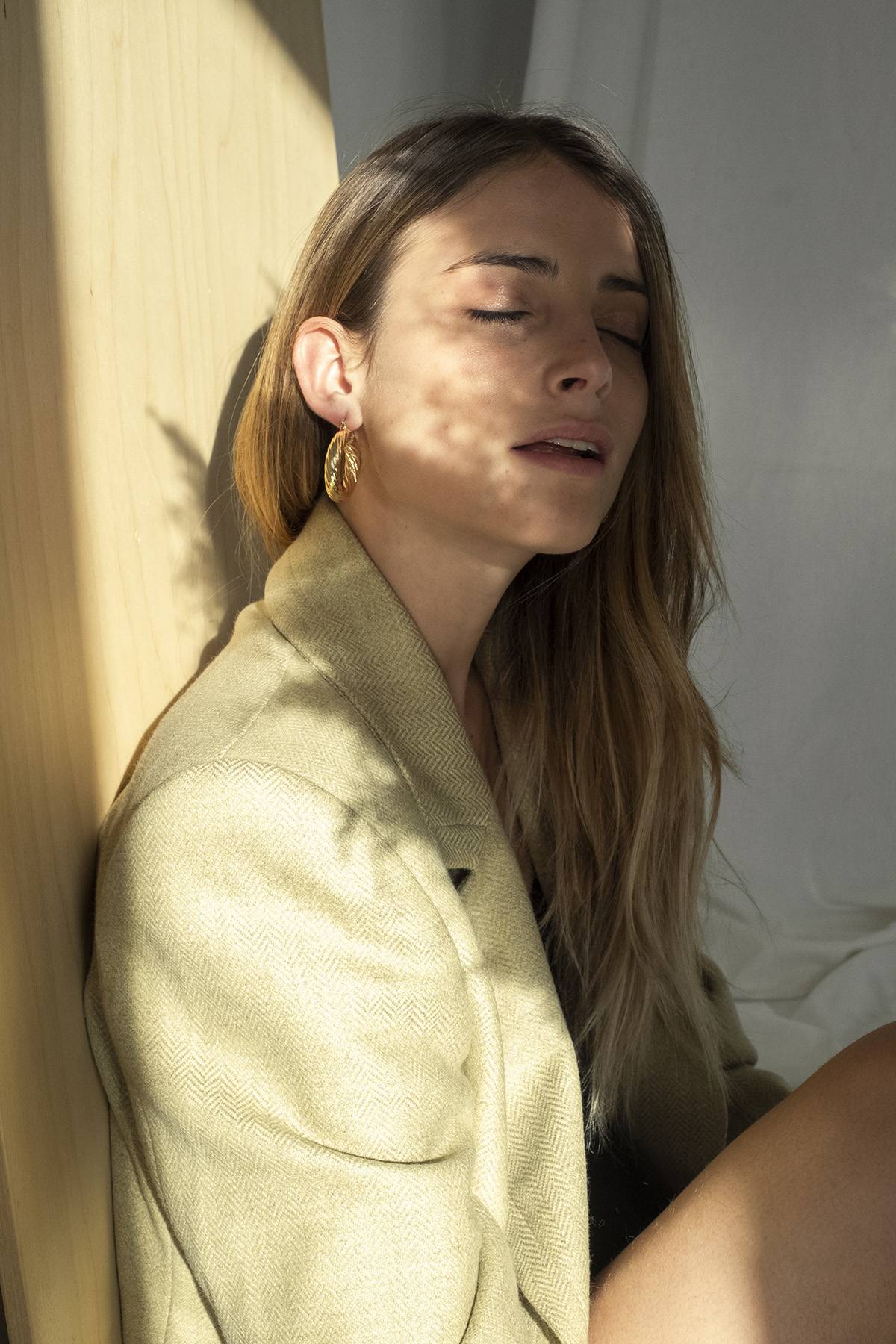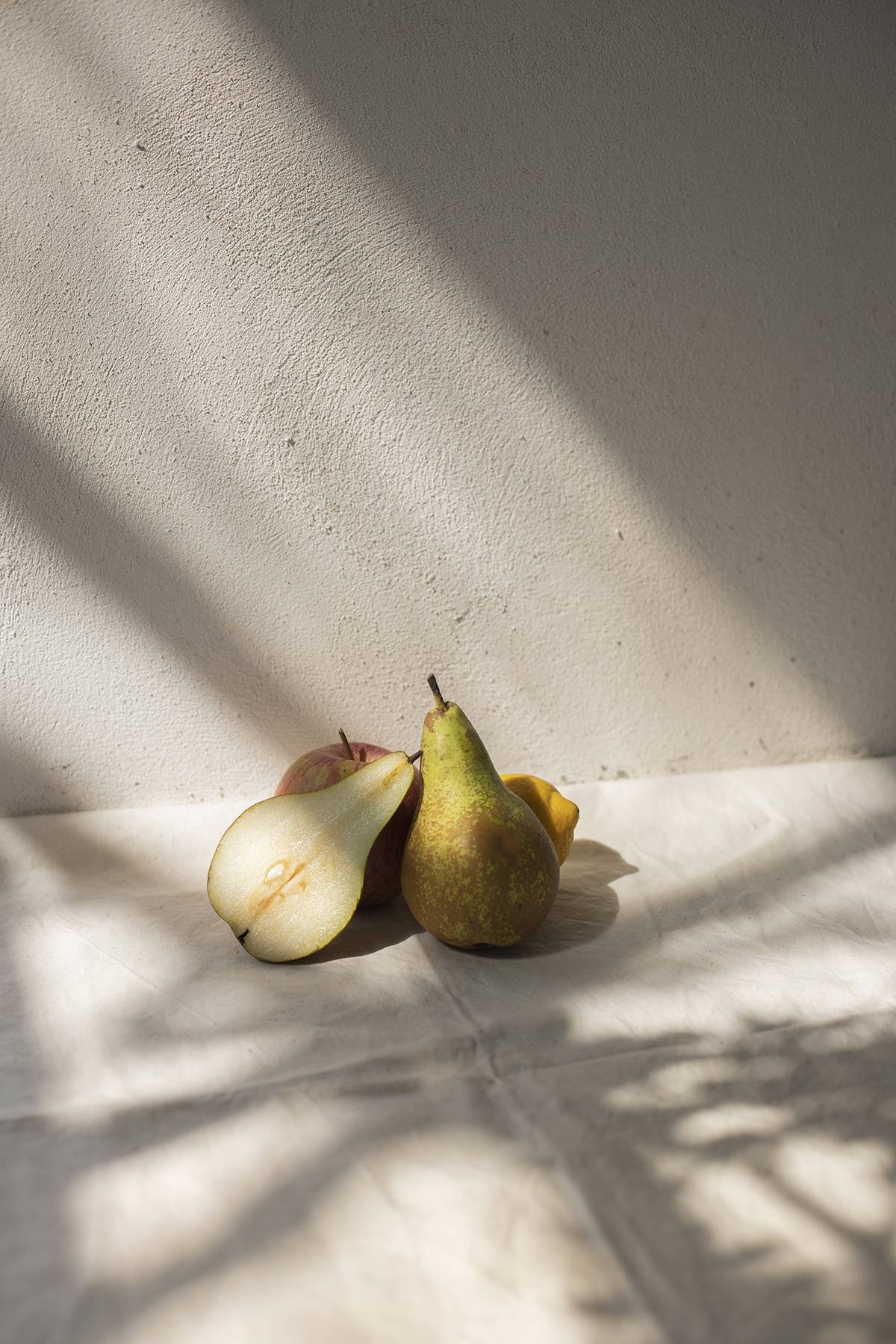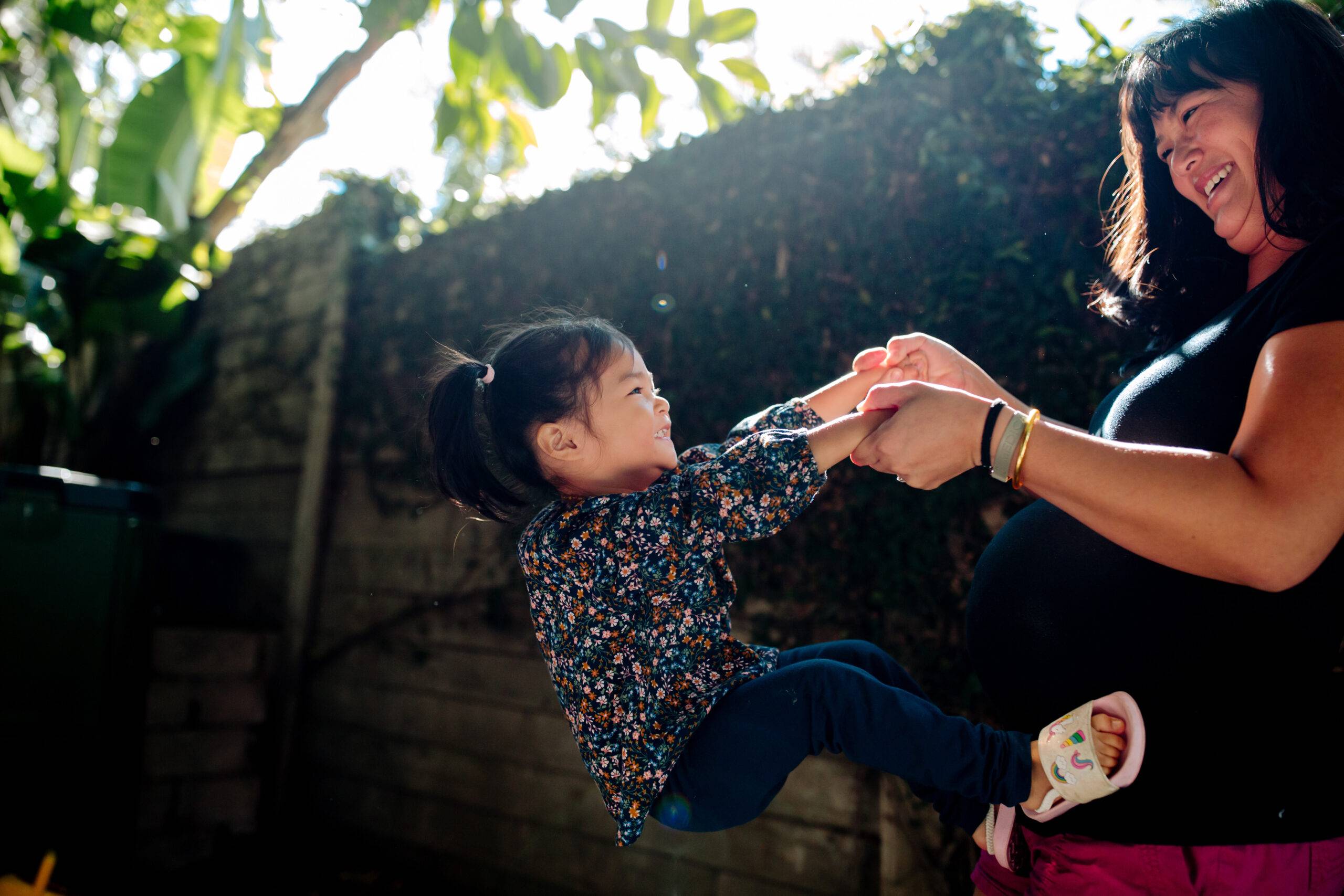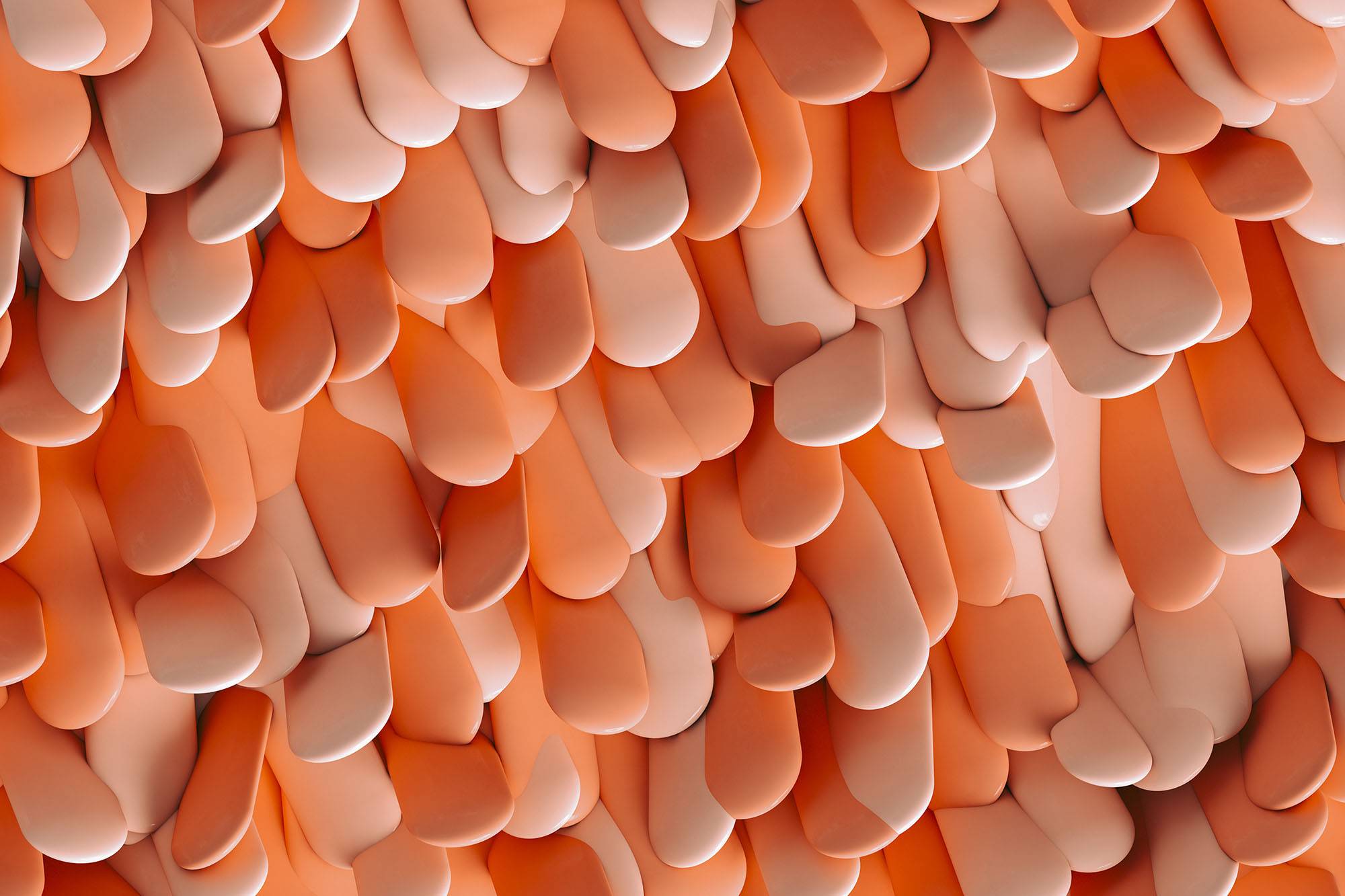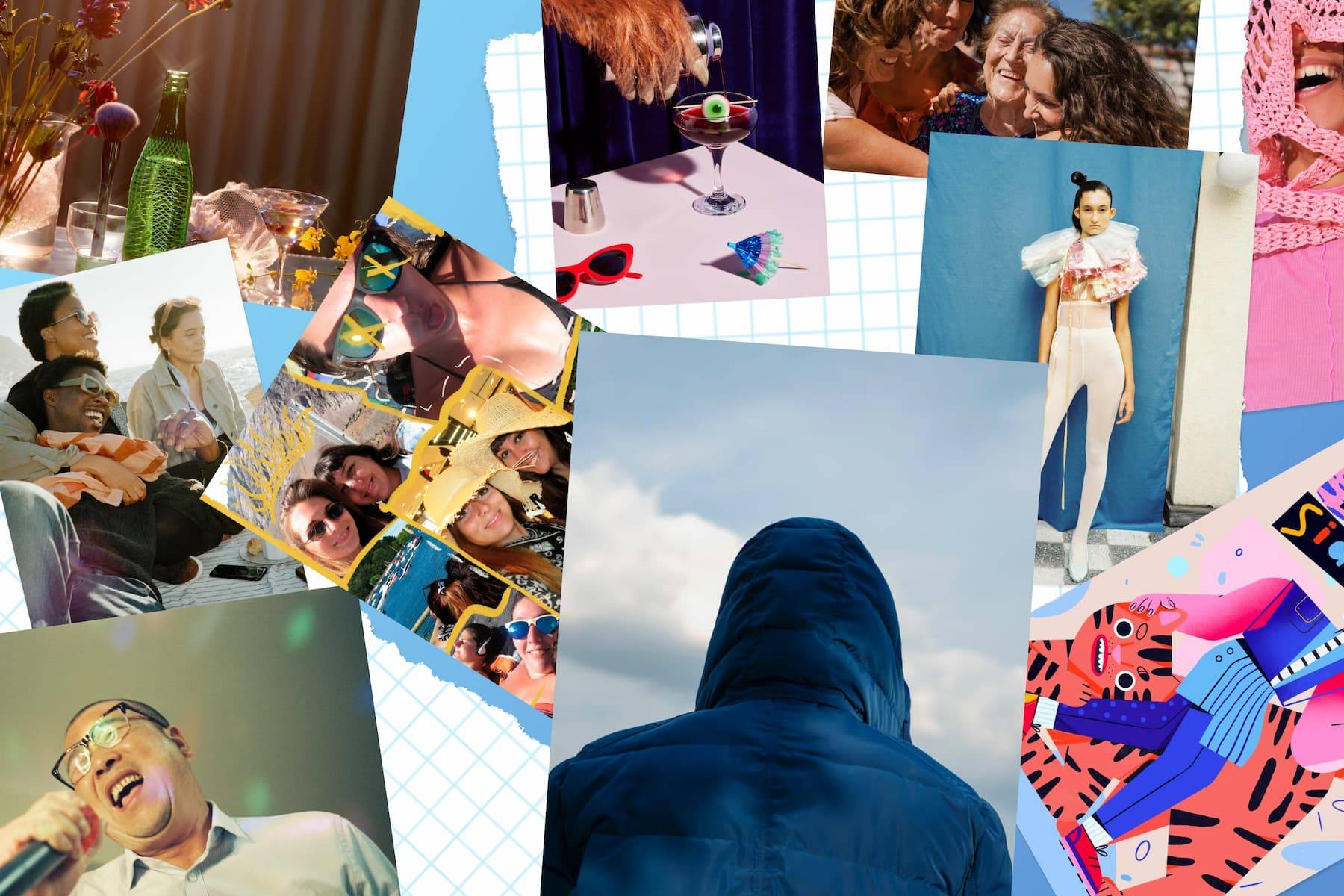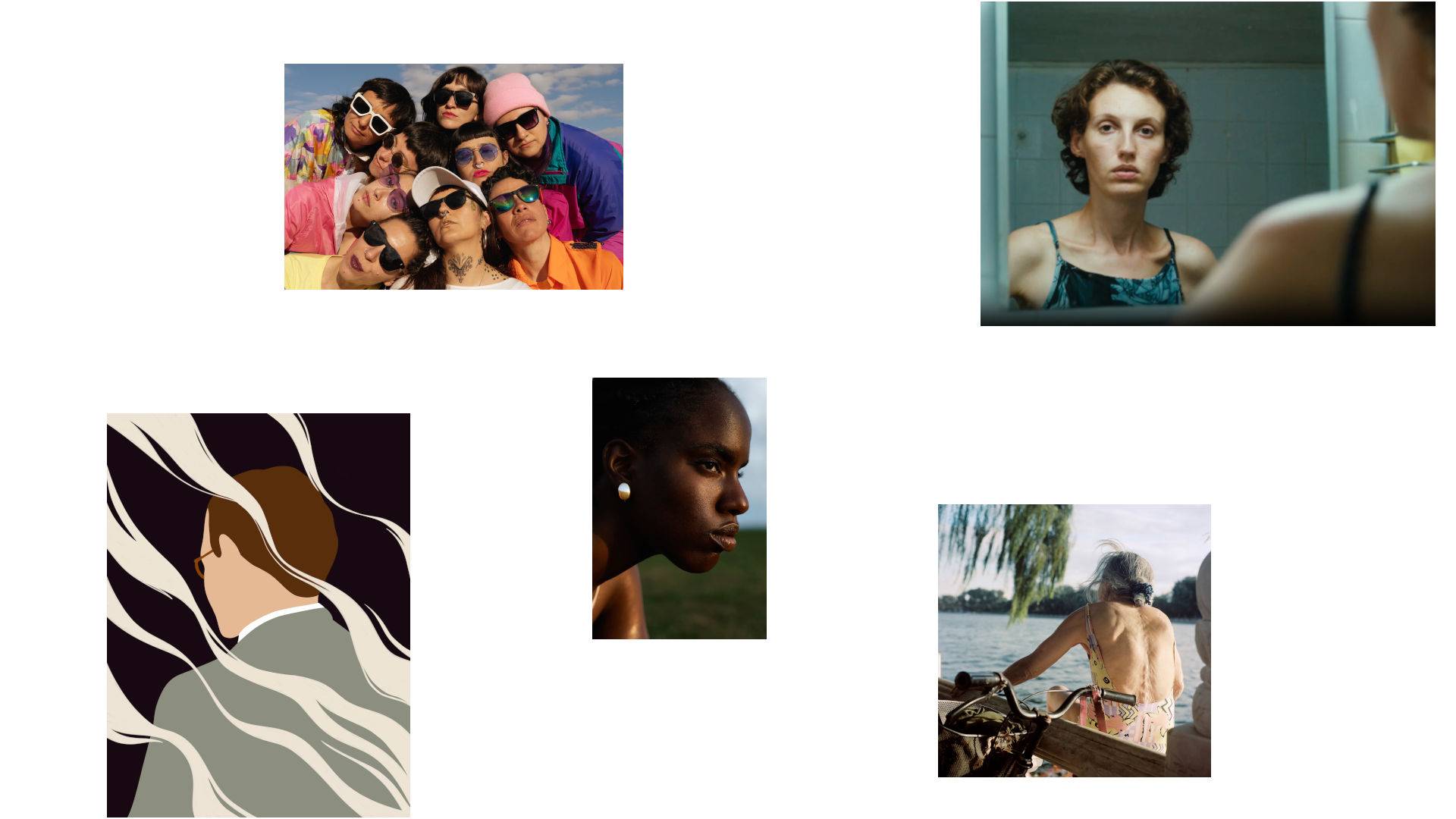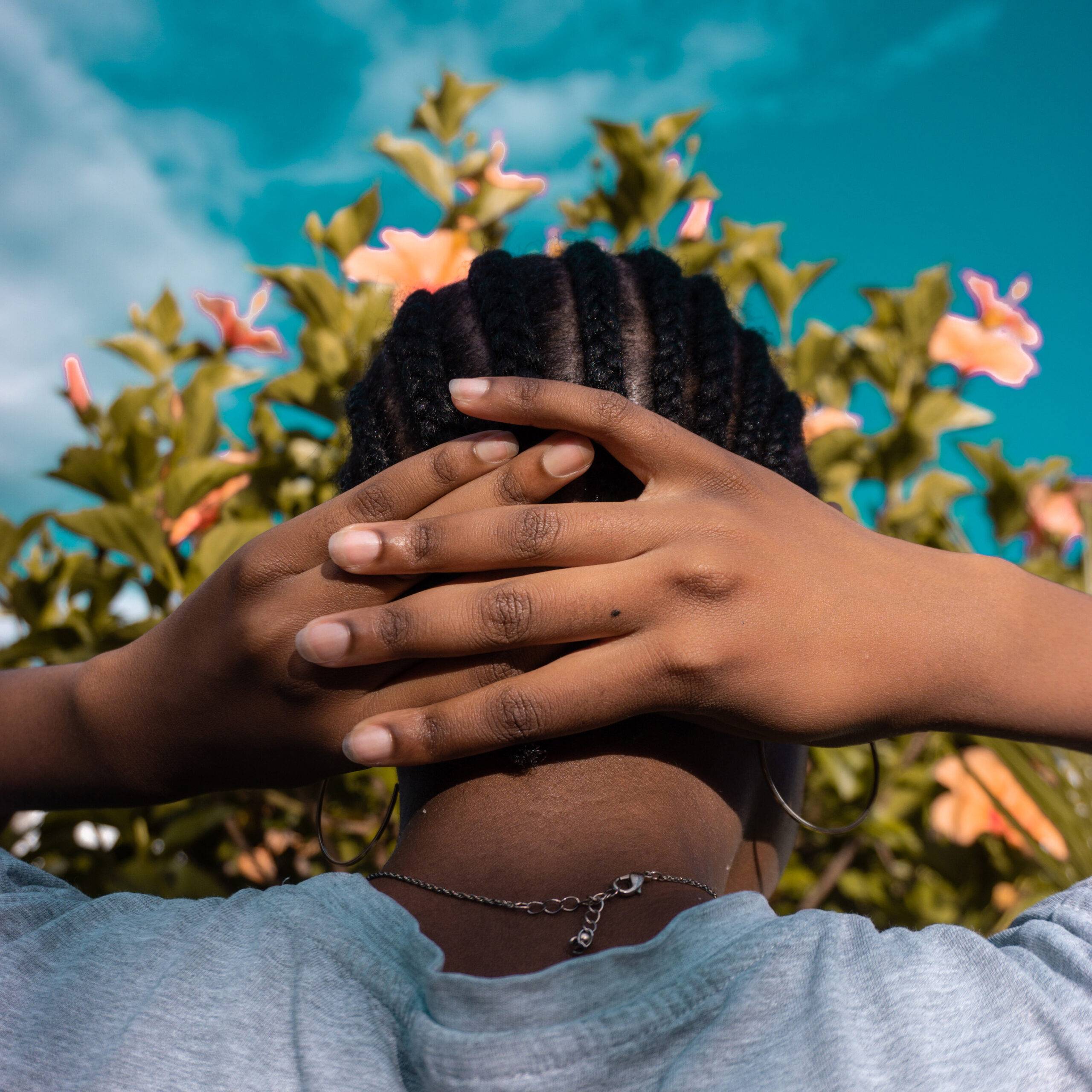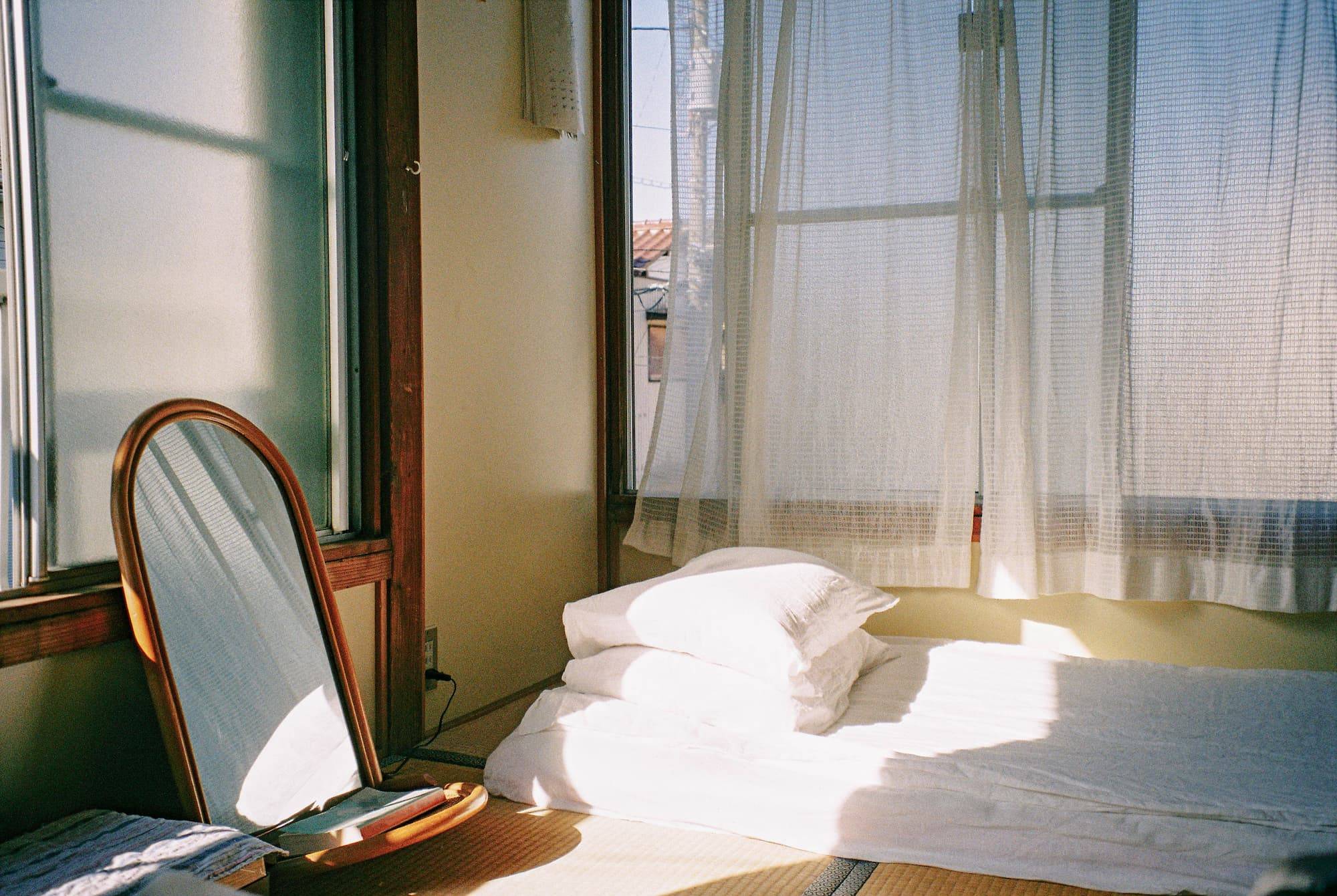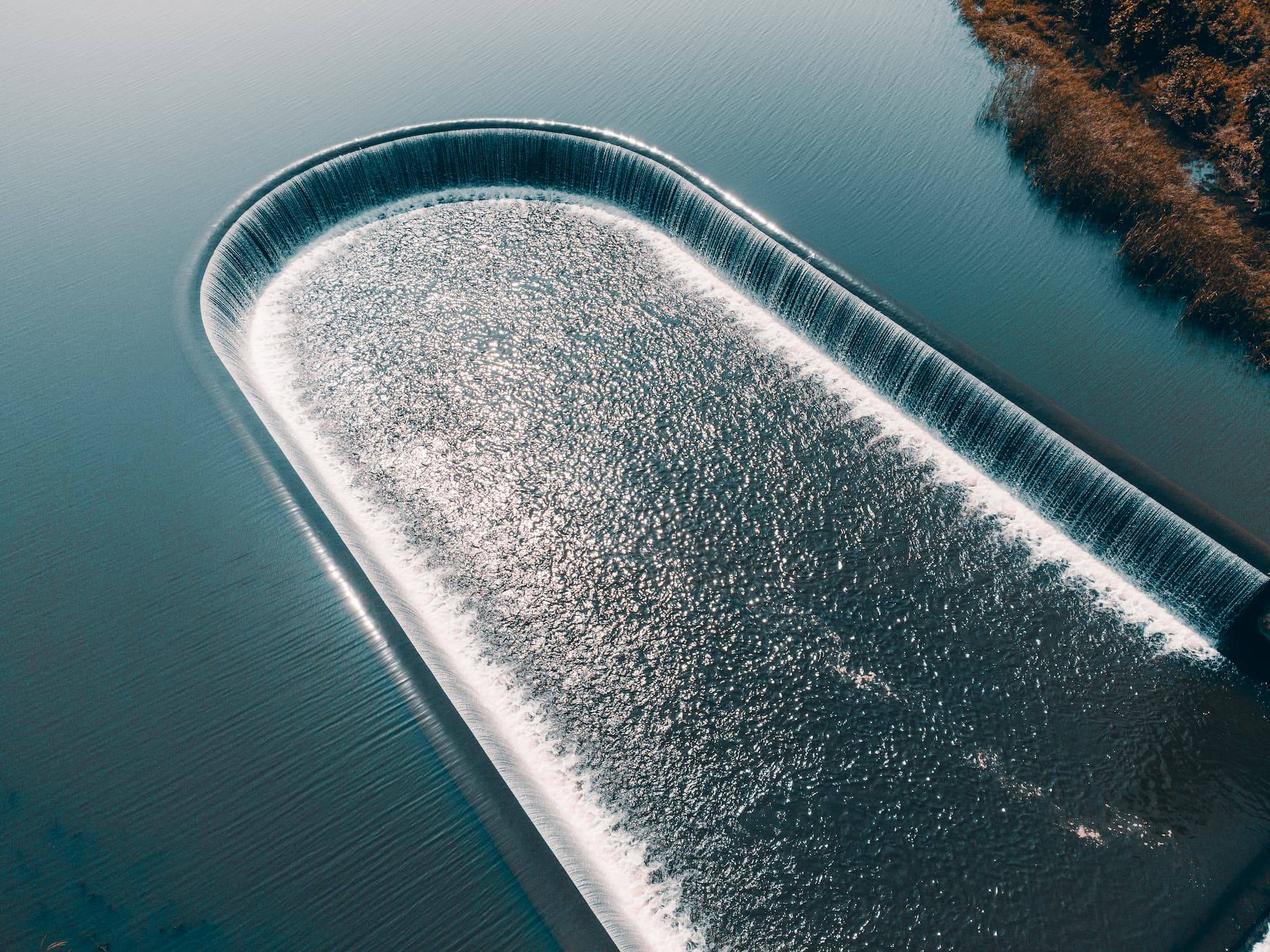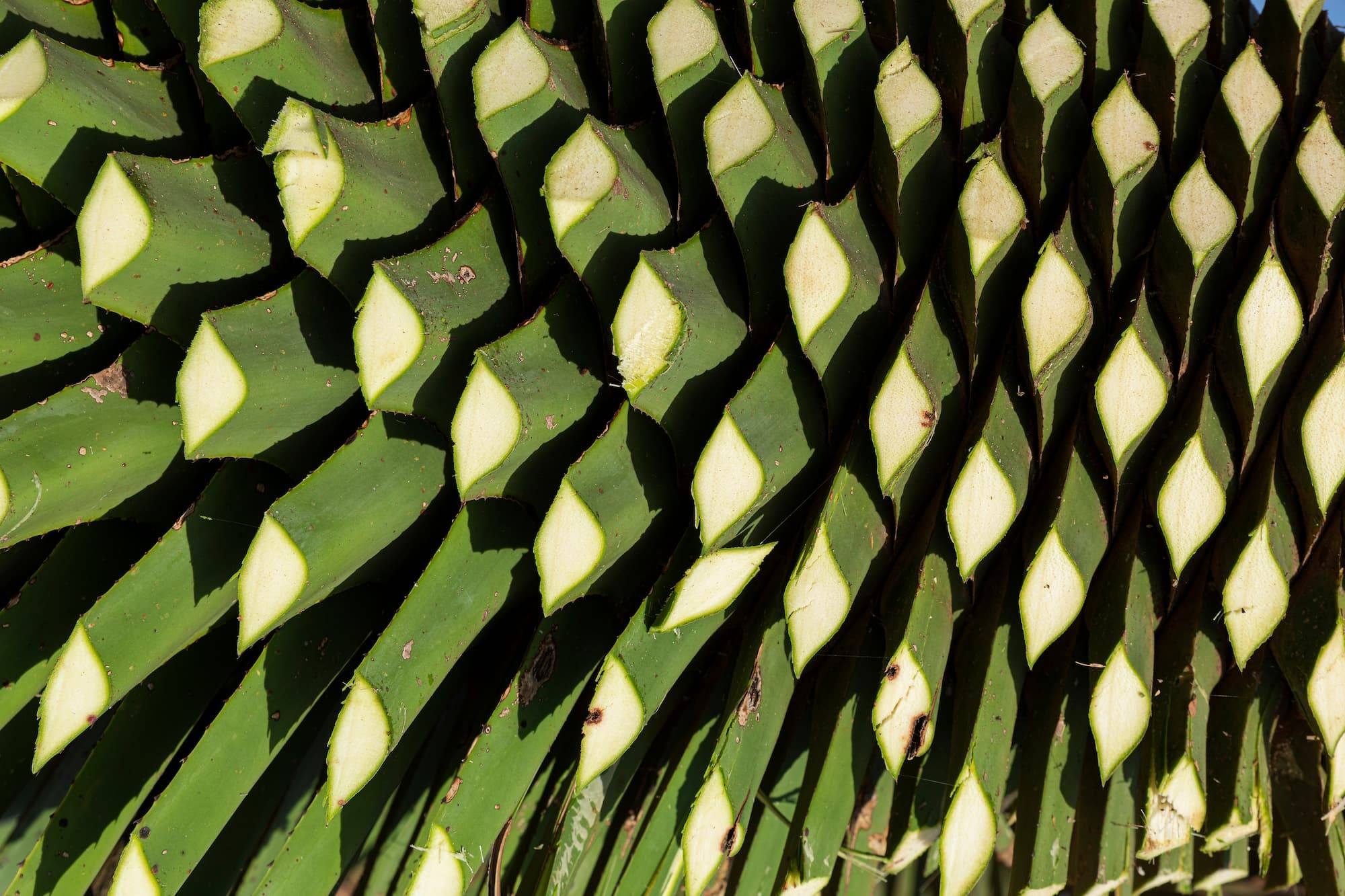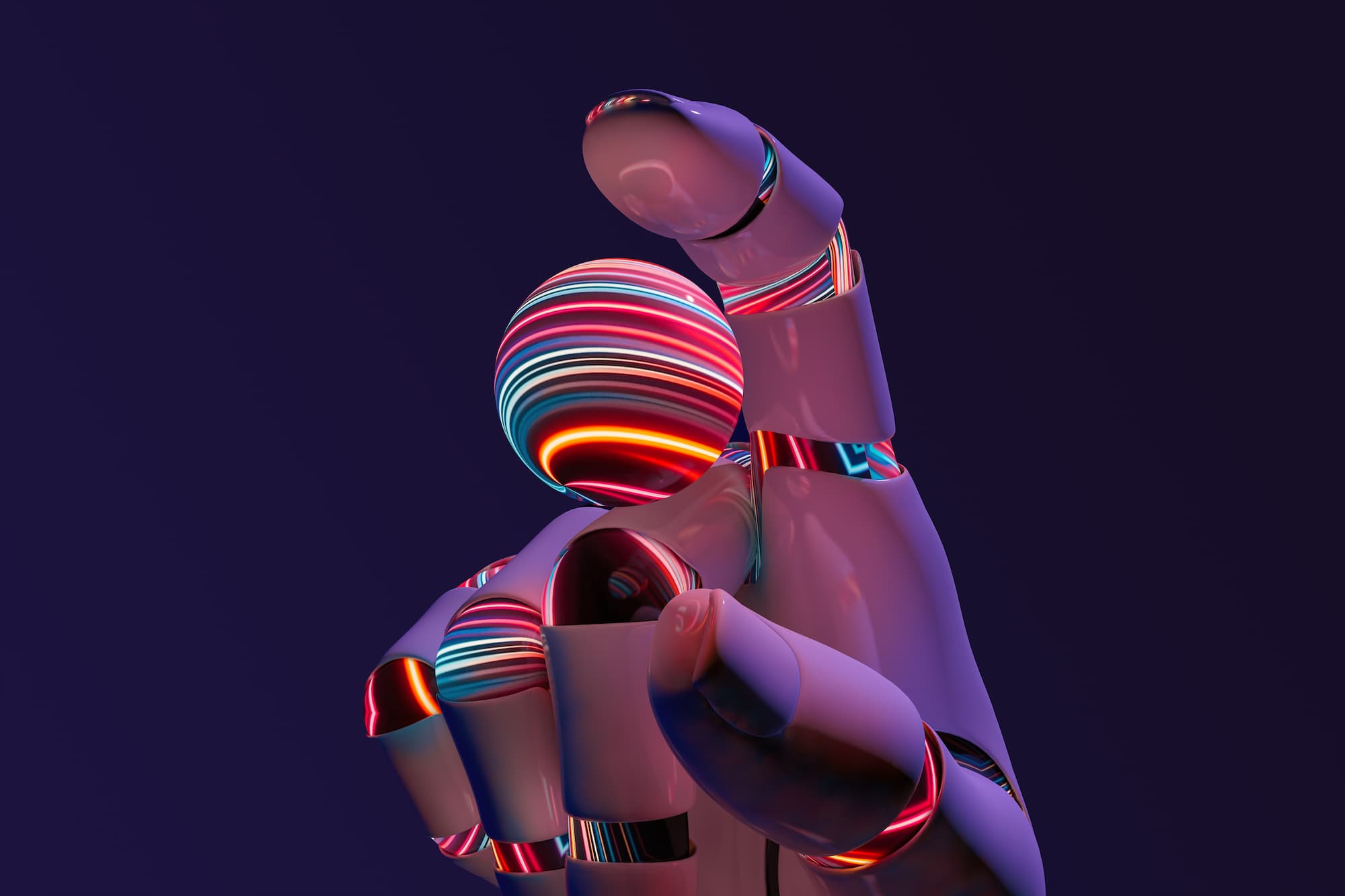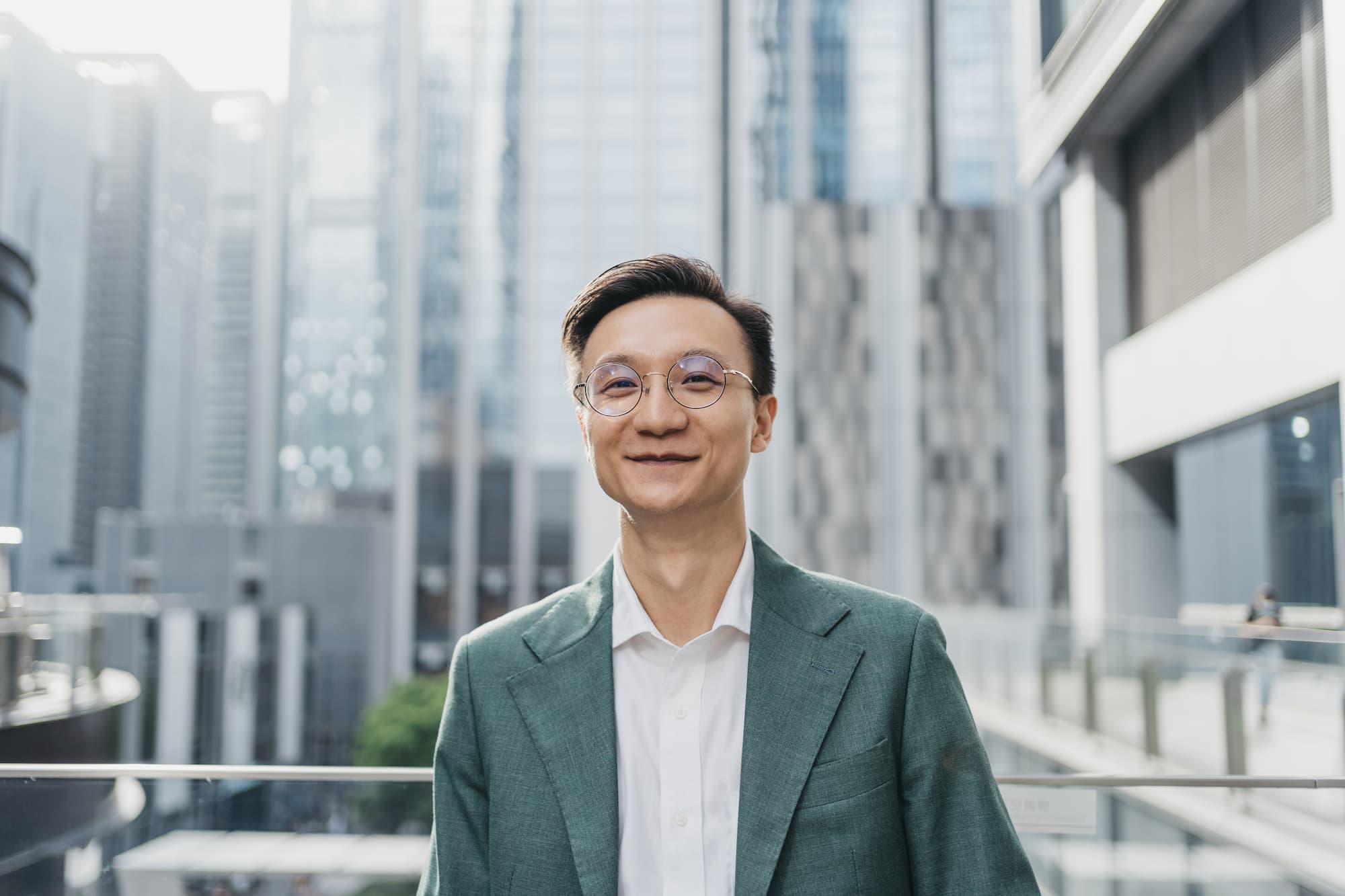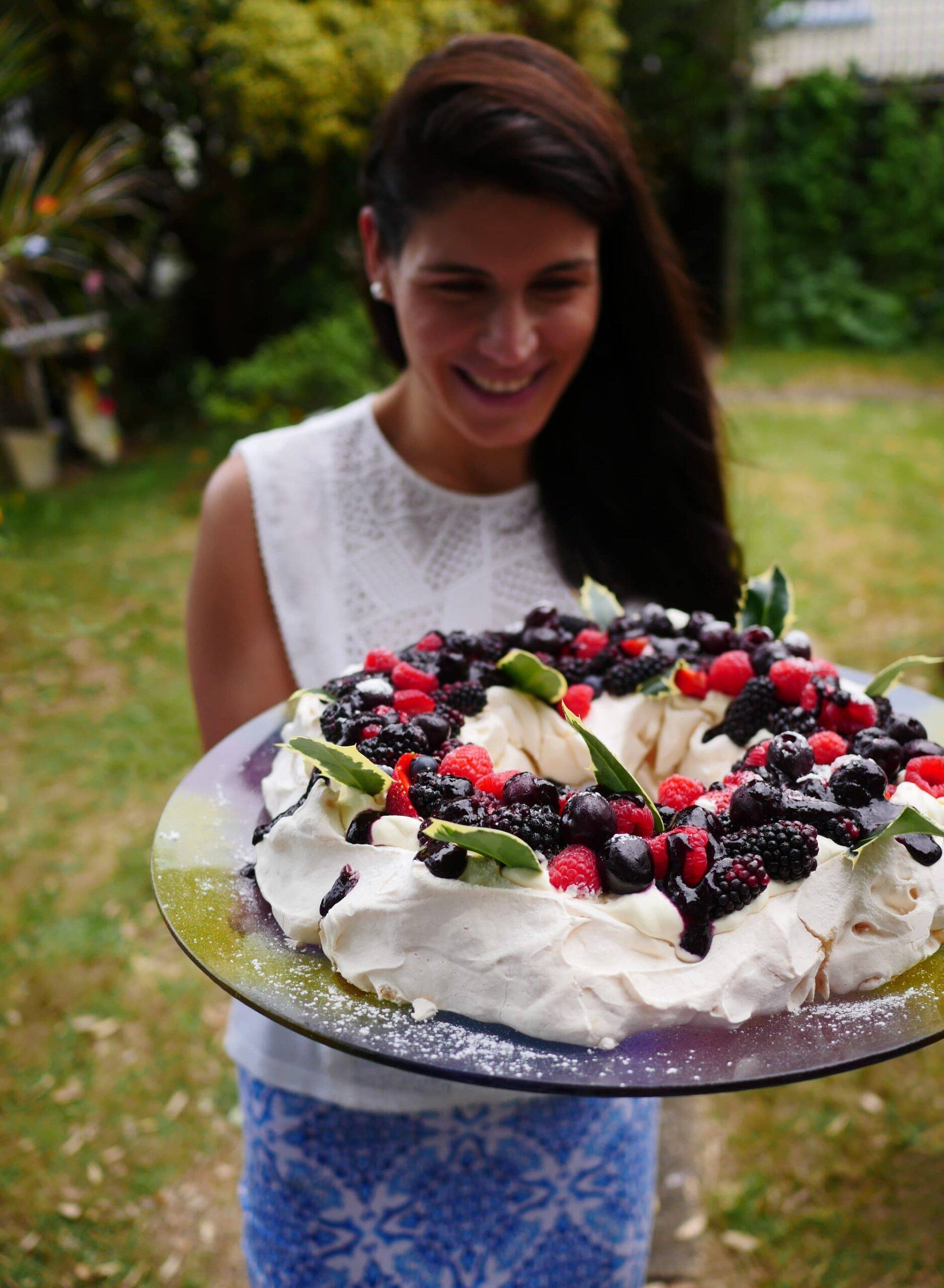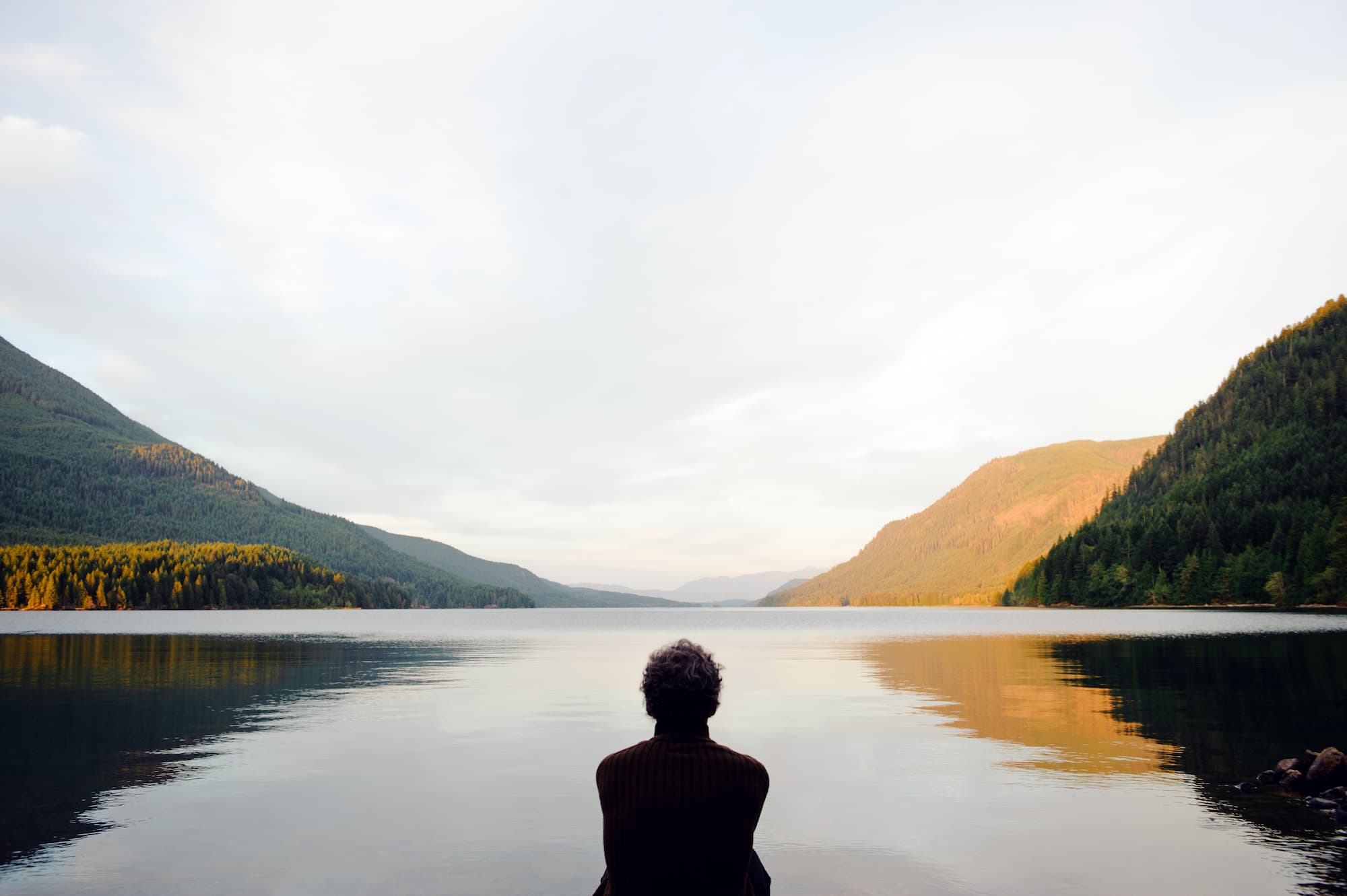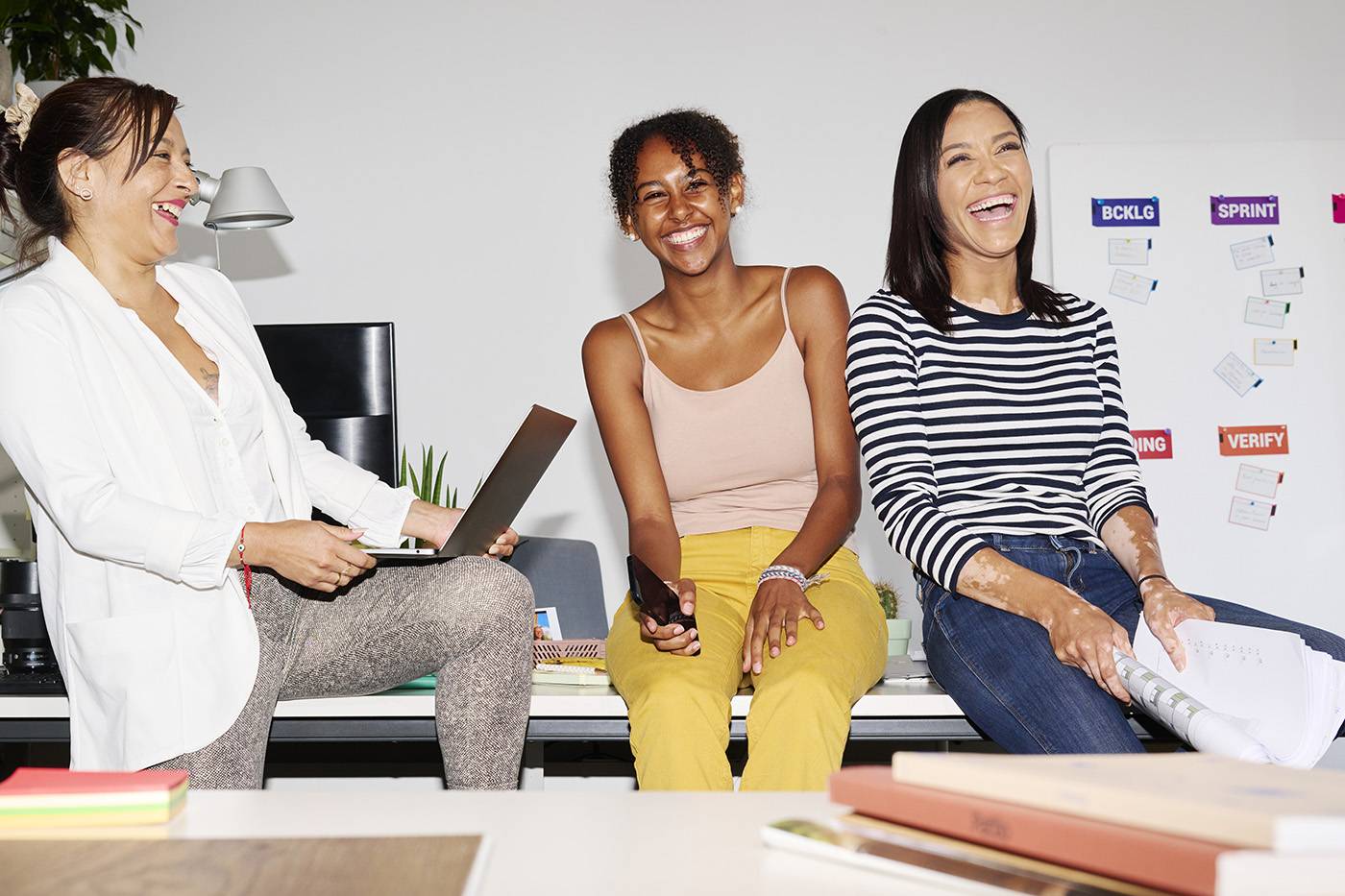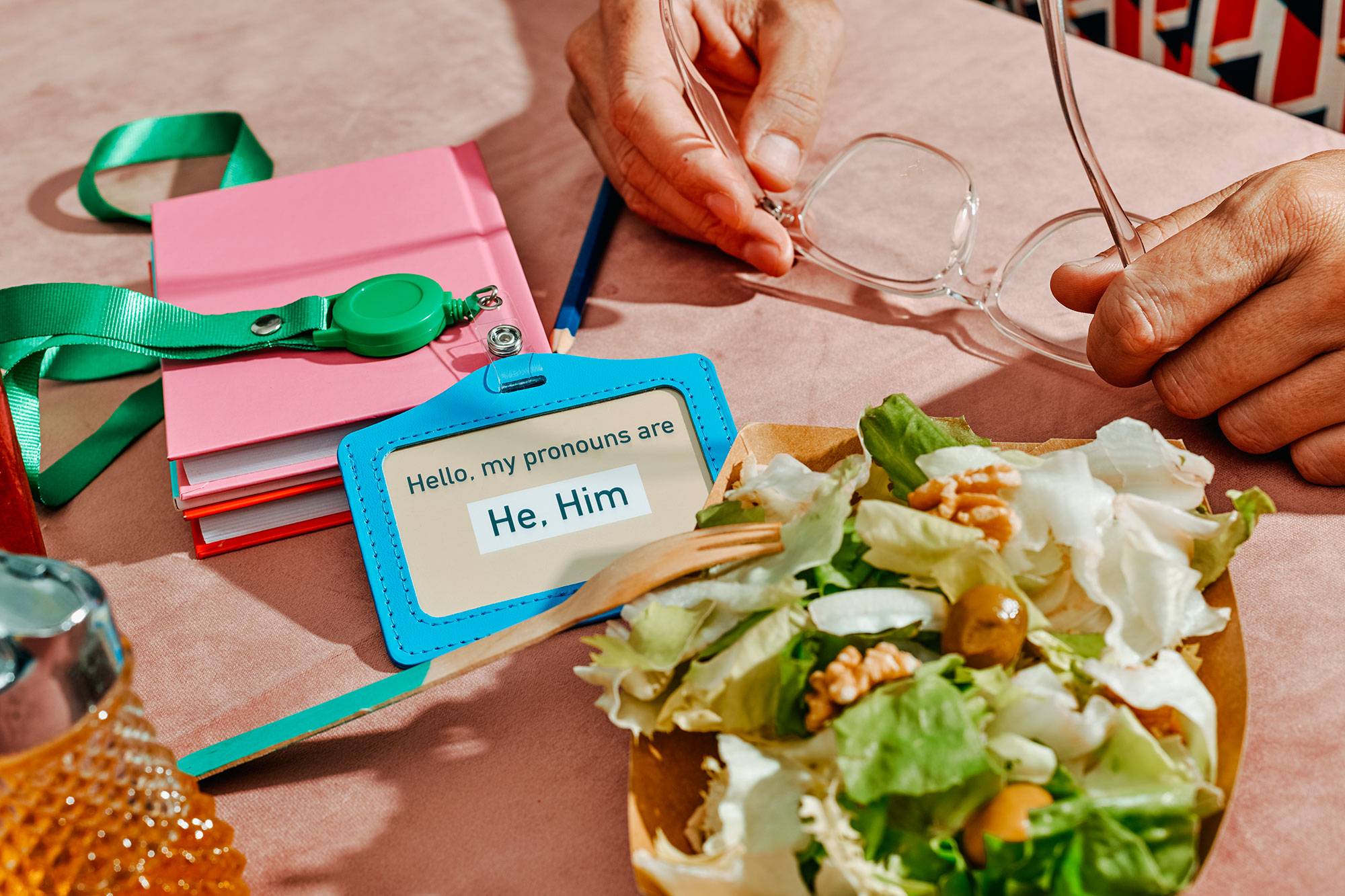We sat down with Italian artist Federica Giacomazzi to chat about their inspiration, how they make everybody feel comfortable, and how shyness can actually be a photographer’s asset.
Looking through your portfolio is a meditative experience. The tones, the light, the people. It all has a peaceful quality to them. What inspires you to create in a style like this?
It is a pleasure for me to hear that you found my images to be meditative and peaceful. I think this is because I tend to take my time when shooting, and I prefer choosing studio or outdoor locations that I am familiar with, and most of the time with people I know. Moreover, It is more important to me to spend quality time with my subjects than to rush through a shoot. I’m looking for a real human experience and connection. Besides, It is also true that I’m on 2 different levels as an artist: what I produce for Stocksy or for my graphic design is totally different from what I produce exclusively for myself or for the kind of picture I will hang on my home walls. I have a commercial side and a more introspective style which is more black and white films, landscape, details, and documentation photos of my family and close friends. I enjoy both of my photographic worlds. One feeds the other and vice versa. What inspires me to create in my style are people in general. Then I like to look to the my favorites like Alech Soth or Alessandra Sanguinetti just to mention a few, when I look to their work I feel inspired and motivated.
All of the qualities from the previous question are beautifully balanced per photo and throughout your entire body of work. Can you tell us more about your journey to find your own style and voice as an artist?
Ever since I picked up a camera, so at the age of 17 years old, I have been pushing my limits and breaking down walls. As a naturally shy person, photography has provided me with the opportunity to connect with those people who interested me and whom I may not have been able to connect with in a “traditional” way. This approach has been beneficial for me both personally and professionally.
A significant turning point for me as an artist and for being recognized locally and beyond, was the launch of a personal project. My husband and I created a website to present a photographic project that allowed people to spend two hours with me, where I would take the portraits they wanted for free. The project was called “The Strange Habit” and involved a questionnaire where I asked participants to introduce themselves and how they would like to appear in the photos. I met a diverse range of people, some of whom I still collaborate with today. Initially, I didn’t impose my own vision, I let myself be guided by the desires of my subjects, and it was gratifying to see how happy and fulfilled they were by the experience.
It was a challenging path, as creating something for others with specific expectations is never easy, but the hard work paid off and I learned a lot about myself, both on a technical and personal level. This experience was the starting point in shaping my artistic voice and approach that then evolve with diverse experiences in the commercial field.
It’s always a pleasure to see artists who are experts at making their talent feel comfortable. We’d love to know more about how you go about finding your talent and how you work together with them to achieve your end results.
People in my photographs are mostly friends or someone I’ve met in other professional contexts. However, I also write to people who caught my interest on social media. Occasionally, I come across interesting people on the street who I find intriguing and would like to photograph, but my shyness keeps me from approaching them. This is something I am actively working on.
Anyway, a thing that for me is fundamental to avoid panic and anxiety from both sides is to spend time getting to know each other and building a connection before we begin shooting. I try to make the shoot as enjoyable and relaxed as possible working closely with my talent to guide them into posing and expressions giving them plenty of positive feedback and reassurance to keep them feeling confident and at ease.
Tying into the previous question, we can’t stop but be amazed at how you capture the connection and bond between people. Do you work differently when more people are in your shots, and how do you ensure this often subtle and unspoken connection becomes visible?
Working with multiple people on set is pretty different from working with one person. For me managing a larger group requires more energy, attention, and organization. The dynamics of the group can also play a major role, such as the relationship between individuals and their comfort level in front of the camera. Whether they are strangers, professionals, or first-time models, I always strive to create a positive and comfortable atmosphere on set. I also make sure to communicate openly with my subjects and ask for their input and preferences. Sometimes, I may have to adjust my initial vision or idea to accommodate the comfort level of my subjects and make sure they are not pushed beyond their boundaries. I find that effective communication, mutual understanding and respect, and flexibility make all the difference in the result and connection between my models.
I often ask the person I’m shooting with if they know anyone, a friend or relative they feel comfortable with. I I rely on this choice, prioritizing the connection that exists between them rather than their physical characteristics or their experience in front of the camera. I’m sure the result will be more intimate and profound.
In your Instagram biography, you link to Sparrow and Snow, another wonderful creative project. In what way does working as a designer and creative director influence your work as a photographer and vice versa?
Definitely my work as a graphic designer influences my style a lot. The images I often shoot are meant to fit my graphics. Also for this reason I keep my sets and images clean to avoid managing too many elements, so I can focus on poses, expressions, lighting, and colors.
A new year and a fresh set of months full of opportunity. Do you have any goals or plans for this year that you are excited about?
In February 2022, I purchased a Mamiya R67 pro II camera. This machine slows down my process even more, which requires more time, focus, and attention. For this year (and the next to come), I have set a goal to shoot much more with this camera. The satisfaction it gave me last year was great, and I want to continue in this direction and gain more confidence in it. Then, for my commercial photography and for Stocksy I would try like to work on more still life and conceptual images and convey messages that are important to me, such as inclusivity and breaking down stereotypes of beauty and standard representations.
What is your motivation/driving force to create your work?
I think is mostly the desire to express my inner world and emotions through the medium of photography. I feel a strong need to communicate and connect with others through my images, and to use visual language to tell stories, convey emotions, and share my unique perspective. I am motivated by the challenge of capturing the world around me in a new and meaningful way.
If you could execute any idea — with no budget restraints or logistical limits — what would it be?
I would plan a large-scale travel photography project. Traveling to various locations around the world to capture diverse cultures, landscapes, and people. Along with the travel, I would also like to create a book and exhibition to showcase it. I would be able to experiment with different print techniques and materials to create truly unique and immersive experiences for the viewer.
Do you have any hidden talents besides creating your wonderful work?
Aside from my work as a photographer, I am a good swimmer, due to the fact I did since when I was 7. Then, I am someone who perseveres and never gives up, always eager to try new things and experiment. I also consider myself a good listener.
How do you make sure that your work still stays enjoyable and that you don’t burn out on creating new content?
As much as possible, I try to vary the types of work and projects that I do. I alternate between photography and graphic design which helps me to avoid boredom and thus not lose the spark for any of these things. I know that after I have worked on something for a long time, I can start a completely new project.
However, being able to work as a freelance helps me manage my time and work on projects knowing my limits. Despite what you may think, markets, including those online, require constant productivity and are highly competitive. Obviously, it’s not always easy to do what I can with my time.
What is the one bit of advice you wish you had known from the start?
I feel fortunate to have had a great mentor early on in my career as a photographer. My teacher and photographer, Sara Lando, provided me with valuable advice that has helped me throughout my journey. She taught me the importance of never stopping to take pictures, not worrying about pleasing everyone, respecting deadlines, and delivering photos even if they may not be perfect to my own standards. I have always tried to keep these lessons in mind and they have been invaluable to me. As I progressed in my career, I encountered technical challenges but through practice and experimentation, I’ve been able to overcome them.
Creative blocks can happen to everybody; what works for you to get out of them?
Whenever I feel blocked, I acknowledge the moment and don’t take it personally, and do something else. I go out and take photos, any photos, not of my work, but random poetic shots! Learning something new is another tip I like to give myself, even if it has nothing to do with my work. It enriches me and gives me a different perspective. For example, when I’m feeling down, I like to study a new language. It can be a turning point for me and it helps me to refocus and enjoy even the tasks I don’t like.
Is there something that you can not go without while creating new work? And why is this so important?
That is food! Providing food for my models and team members creates a more comfortable and enjoyable environment for everyone. Additionally, I find that I work better when I am well-fed, so it is important for me to make sure that I have food on hand during shoots.
Do you have any advice for contributors just starting out at Stocksy?
My advice for those just starting out at Stocksy is to upload as many photos as possible and take advantage of the feedback provided by reviewers. This feedback can be incredibly valuable in terms of technical improvement and learning from other professionals. I would encourage new contributors to view Stocksy as an opportunity for experimentation and professional growth, while also keeping true to their own unique voice and vision. Additionally, it is important to remember that while stock can be a great source of income, it is not the only focus, and it should not come at the expense of quality and authenticity.
See more of Federica Giacomazzi's work
